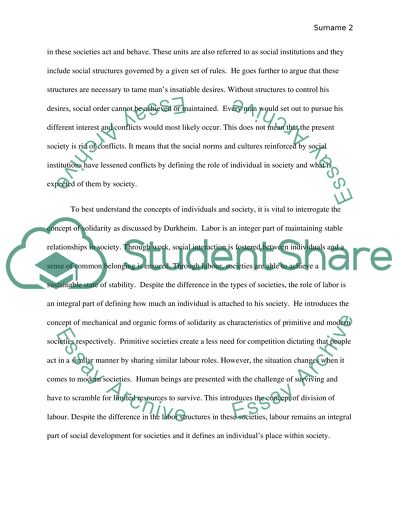Cite this document
(“The history of theories of the individual and society Essay”, n.d.)
Retrieved from https://studentshare.org/sociology/1636855-the-history-of-theories-of-the-individual-and-society
Retrieved from https://studentshare.org/sociology/1636855-the-history-of-theories-of-the-individual-and-society
(The History of Theories of the Individual and Society Essay)
https://studentshare.org/sociology/1636855-the-history-of-theories-of-the-individual-and-society.
https://studentshare.org/sociology/1636855-the-history-of-theories-of-the-individual-and-society.
“The History of Theories of the Individual and Society Essay”, n.d. https://studentshare.org/sociology/1636855-the-history-of-theories-of-the-individual-and-society.


